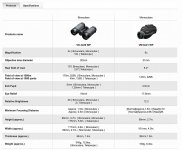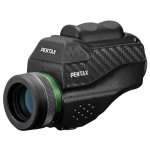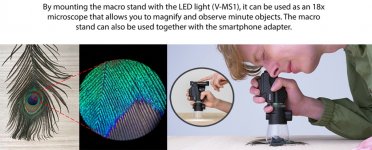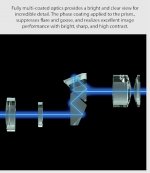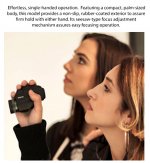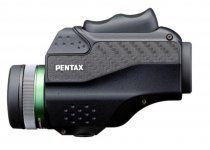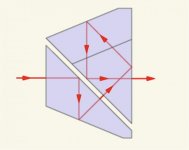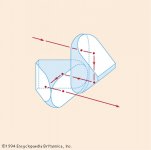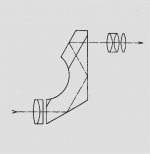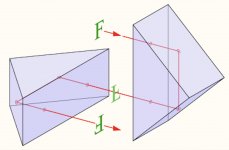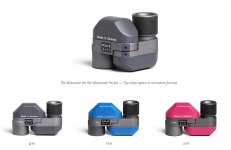John A Roberts
Well-known member

This is one of 2 new V series products recently released by Pentax (there is also a 3-in-1 4x20 binocular/ monocular pair/ 16x monocular)
see at: http://www.ricoh-imaging.co.jp/english/products/binoculars/v-series/
And see more at: https://pentax.com.au/products/63621/pentax-vm-6x21-wp-monocular---complete-kit
It's a 6x21 roof prism monocular that has a close focus to 70 cm (27.6”) in regular mode
and it is also an 18x microscope when mounted on a stand
There is also a smartphone adaptor
John
see at: http://www.ricoh-imaging.co.jp/english/products/binoculars/v-series/
And see more at: https://pentax.com.au/products/63621/pentax-vm-6x21-wp-monocular---complete-kit
It's a 6x21 roof prism monocular that has a close focus to 70 cm (27.6”) in regular mode
and it is also an 18x microscope when mounted on a stand
There is also a smartphone adaptor
John
Attachments
Last edited:




